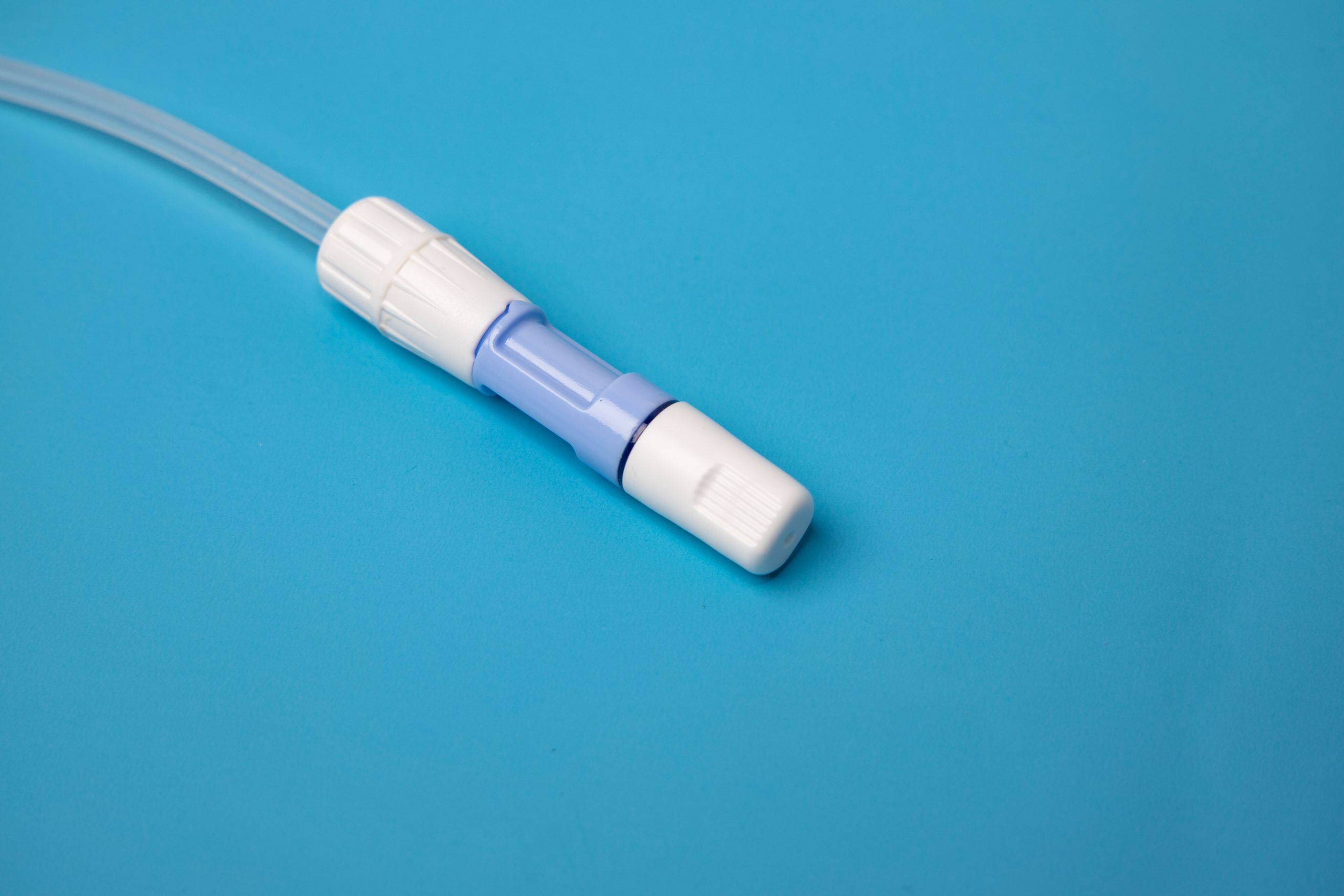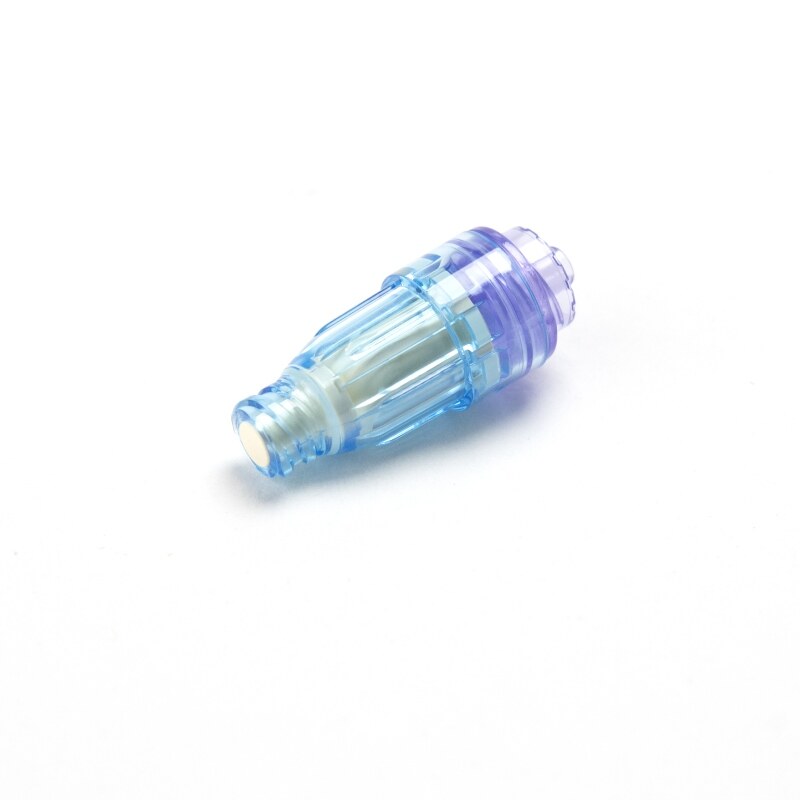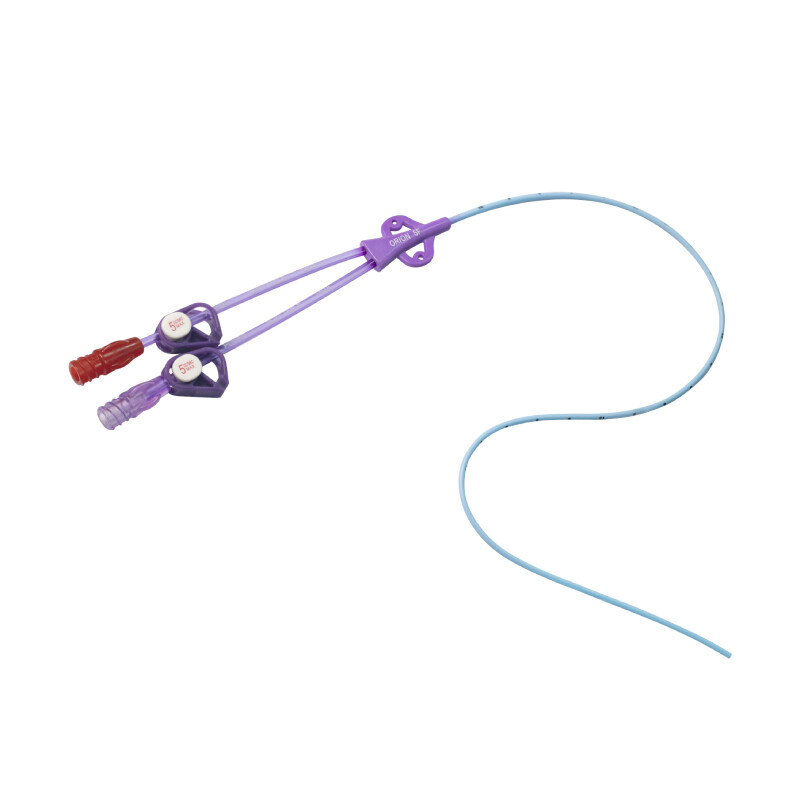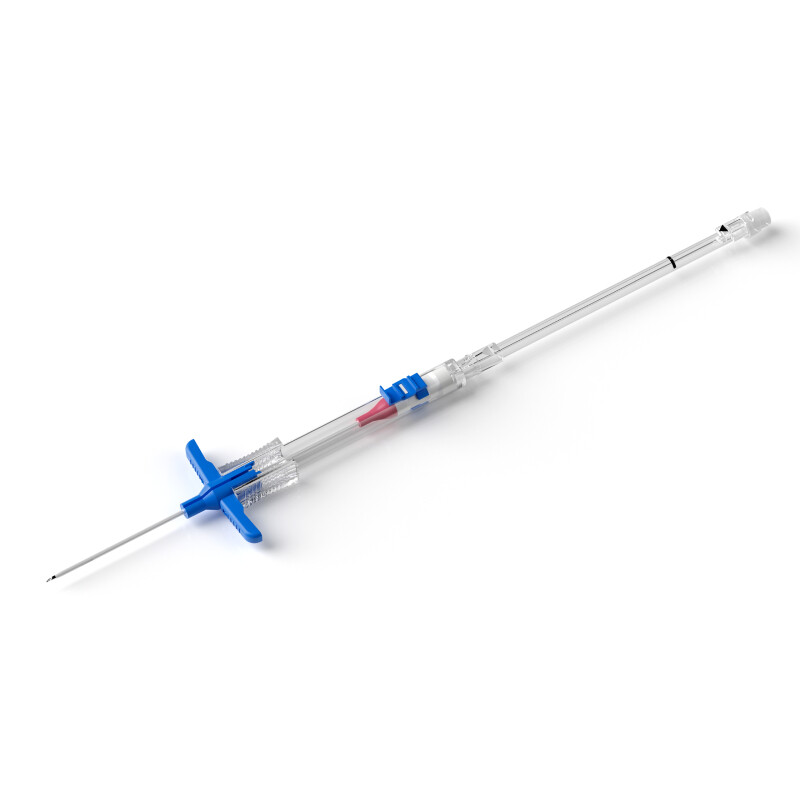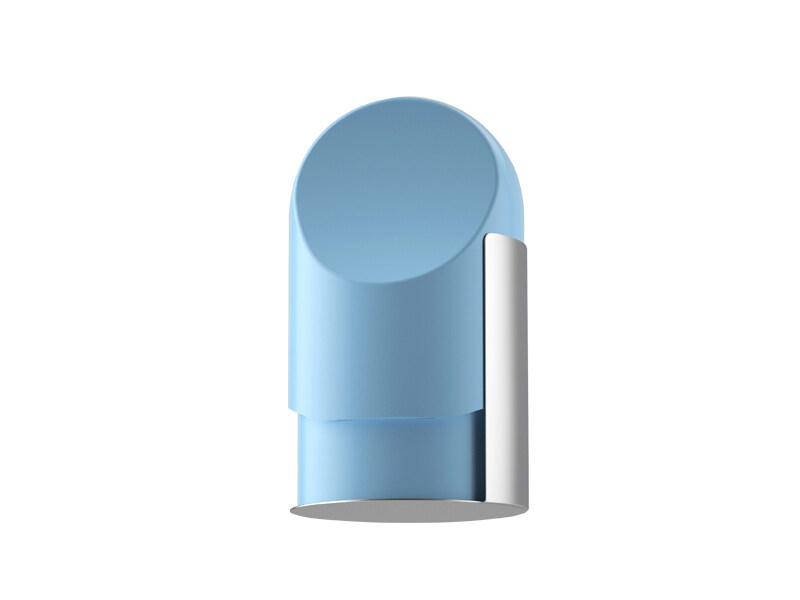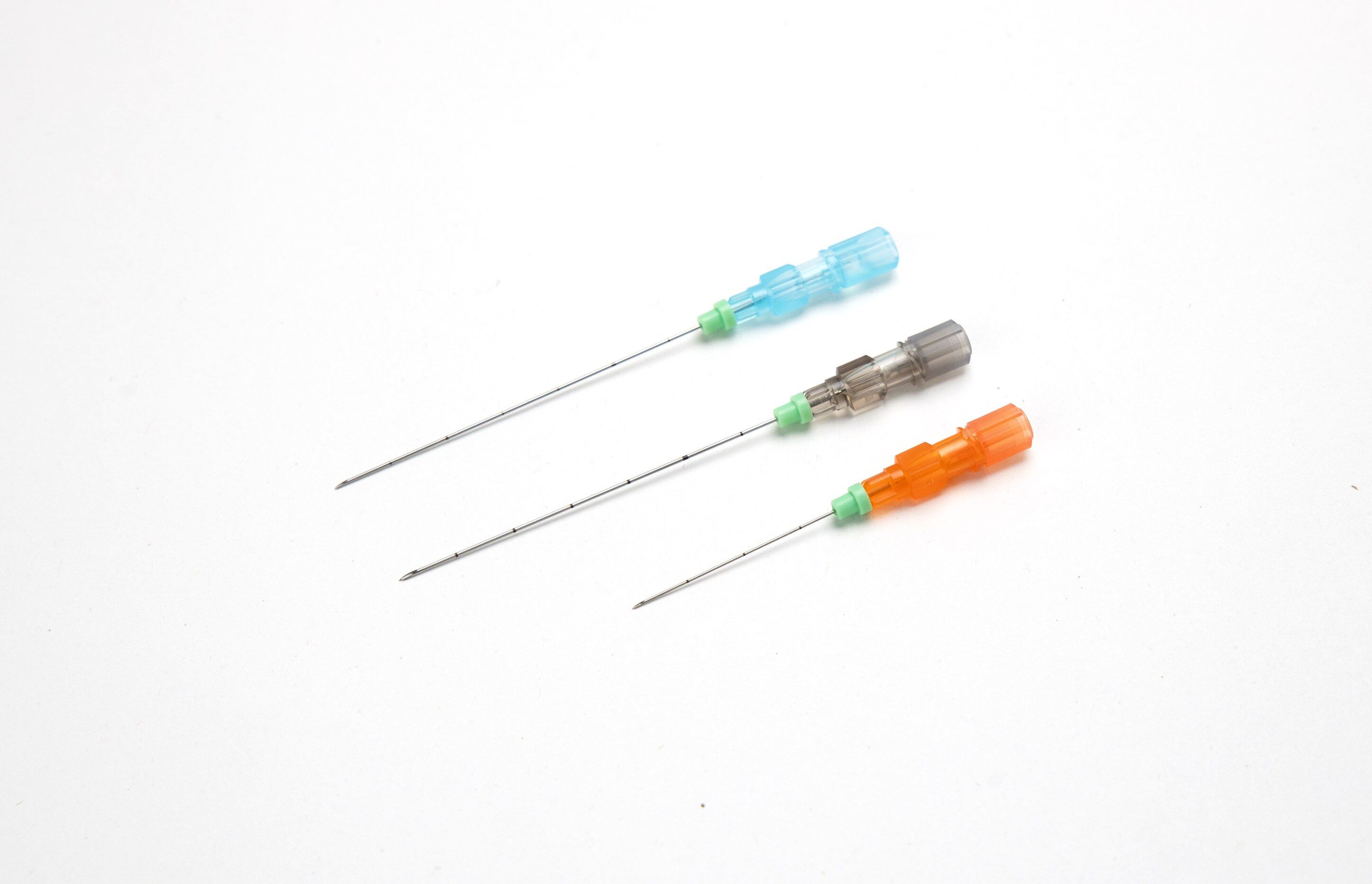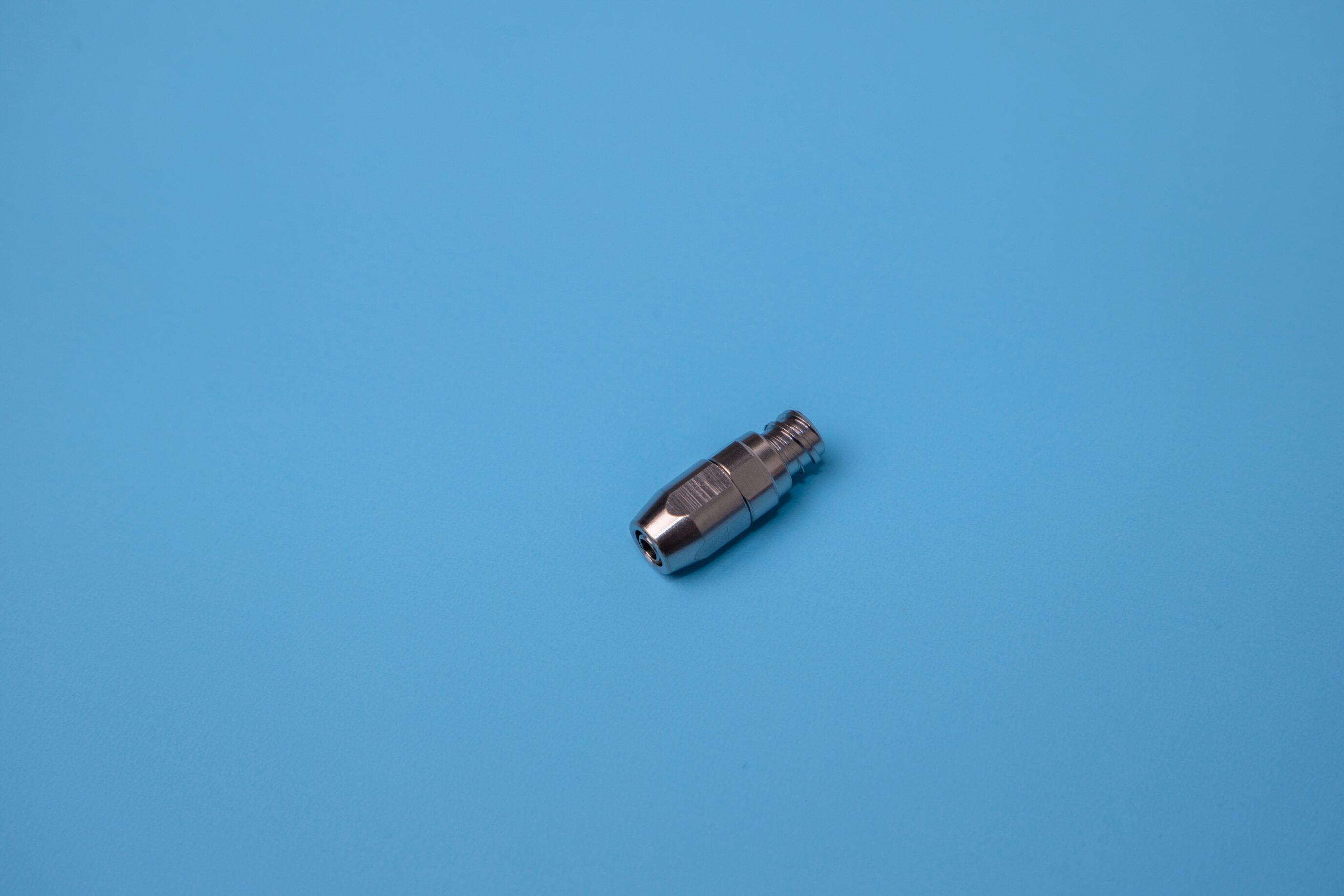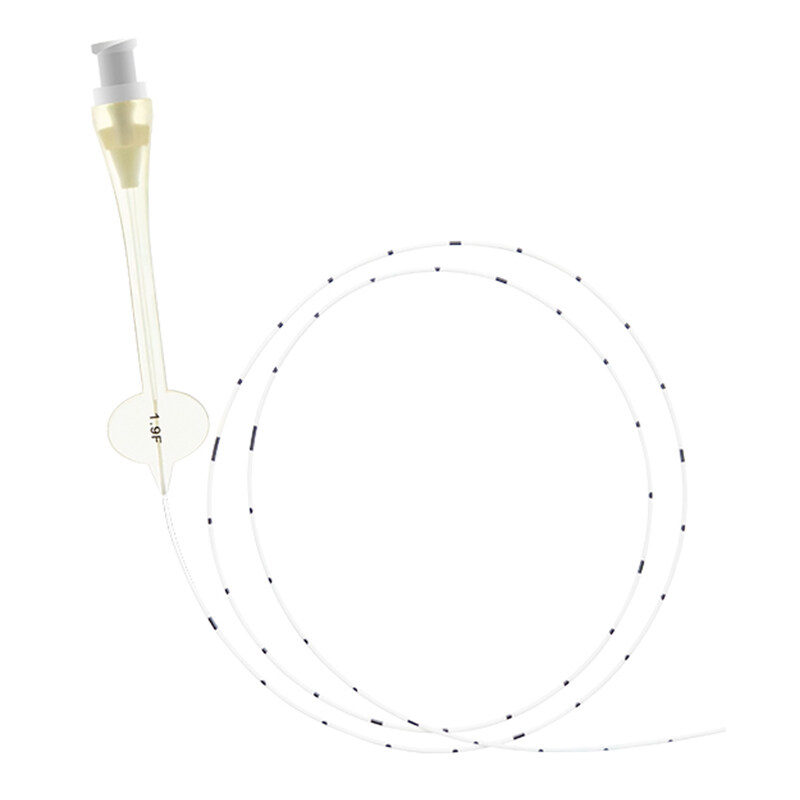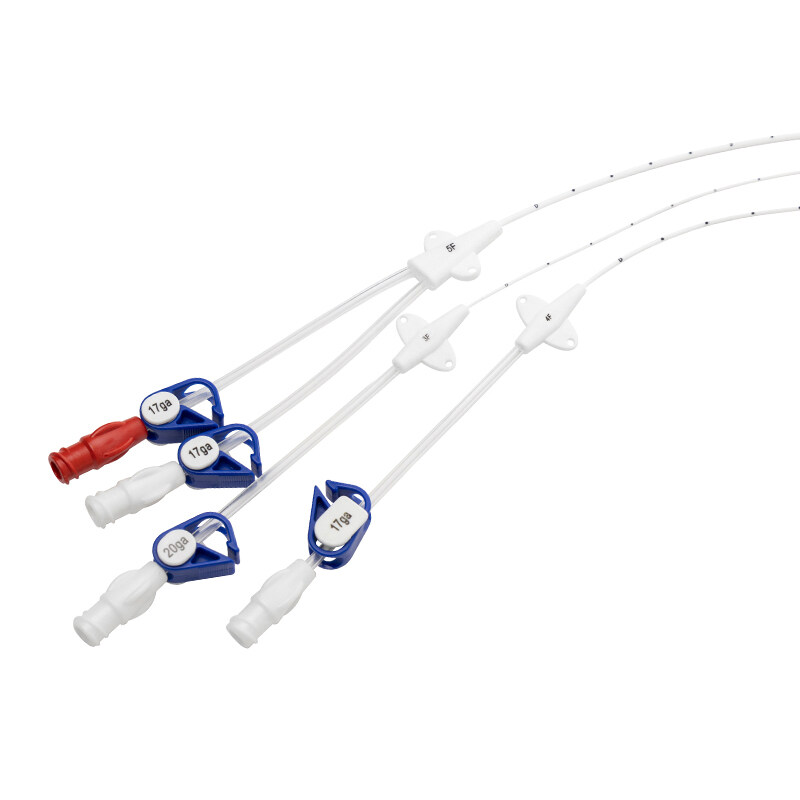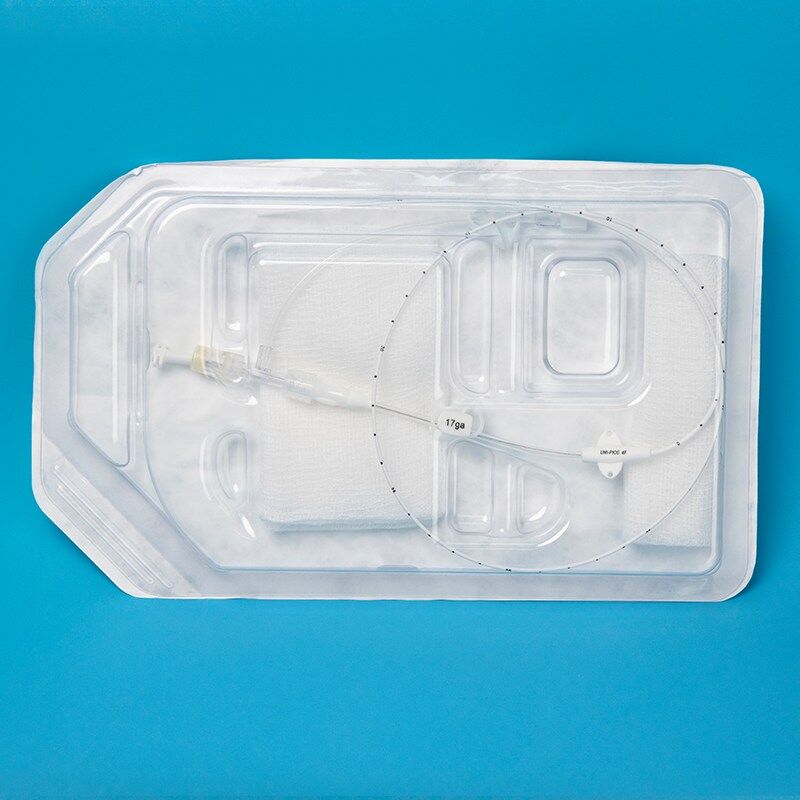medical catheter pain
Medical catheter pain can be caused by several factors, including the size and type of the catheter, the duration of catheterization, the patient's medical condition, and their pain threshold.
What are the common types of medical catheters?
The most common types of medical catheters include urinary catheters, central venous catheters, peripheral venous catheters, and arterial catheters.
How can I manage medical catheter pain?
Pain management techniques can include the use of pain medication, distraction techniques, relaxation exercises, and local anesthetics.
Can catheterization cause any complications?
Yes, catheterization can lead to complications such as infection, bleeding, and blockages.
What can I do to prevent medical catheter pain?
To prevent catheter-related pain, healthcare providers can use a smaller catheter size, use lubricants during insertion, and remove the catheter as soon as it is no longer necessary.
How long can a catheter be left in place?
The duration of catheterization depends on the patient's medical condition and the type of catheter used. Urinary catheters are typically removed as soon as possible to reduce the risk of infection, while central venous catheters may be left in place for weeks or months.
What is a medical catheter?
In medicine, a medical catheter is a thin tube made from medical-grade materials serving a broad range of functions. Catheters are medical devices that can be inserted into the body to treat diseases or perform a surgical procedure.
By modifying the material or adjusting the way medical catheters are manufactured, the medical catheter is possible to tailor catheters for cardiovascular, urological, gastrointestinal, neurovascular, and ophthalmic applications.
There is still a lot to learn about medical catheters, for example about the medical catheter pain . Only with a better understanding of the medical catheter pain can we make the most of its usefulness.
Patients who experience catheter pain should communicate with their healthcare provider, who can assess the cause of the discomfort and provide appropriate management strategies. In addition to medical catheter pain management, healthcare providers can also take steps to prevent catheter-related complications, such as maintaining sterile techniques during insertion and regular monitoring of the catheter site for signs of infection.
It's important to note that medical catheter pain and discomfort can be managed effectively with proper medical care and communication between patients and healthcare providers. While the use of catheters can be uncomfortable, it's a necessary medical intervention for many patients and can ultimately improve their health outcomes.
The process of inserting a medical catheter is "catheterization".
In most uses, a medical catheter is a thin, flexible tube (soft catheter) though catheters are available in varying levels of stiffness depending on the application.
Haolang medical specializes in developing, manufacturing, and distributing a series of products for vascular access, infusion therapy, and infection control.
For questions about medical catheters, including the medical catheter pain, you are always welcome to contact Haolang Medical to find out more.

